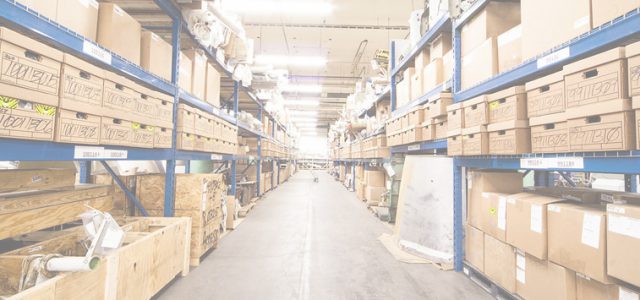Any skilled supply chain expertise will simply tell you that maintaining optimized inventory levels by successful inventory replenishment is a tricky tightrope walk.
However, replenishment planning of inventories-rightly done-could has a genuinely positive impact on your business by reducing the supply chain risk and improving the profitability of your business.
Now that we are about what inventory replenishment is and why it matters and let’s explore the best approach to how inventory replenishment is tied up to avoid excess stocks.
Inventory Replenishment is the growth rate at which the product moves from the manufacturer to the supplier to warehouses, pickups, and distribution points in the supply chain.
For any industry, inventory replenishment is the most important operation for dealing with the reclamation of goods for sale.
In general, businesses that are most likely to benefit from having an inventory Replenishment program customized to their business needs are those in which vast funds that can be better used elsewhere have excess inventory.
The objective of inventory replenishment is to ensure that inventory continues to flow at an optimal rate through the supply chain by maintaining effective orders and line items. This method helps to avoid excess inventory.
It allows companies to decide and manage refill frequency, develop best practices in inventory slotting, monitor product flows, measure the number of goods on order, and decide the optimal inventory level for warehouses for optimum supply chain performance.
To sustain optimal inventory levels, exact demand forecasting and planning systems are required to anticipate future sales and ensure adequate inventory levels without raising the cost of ordering/carrying and running the risk of excess or obsolescent stock. It includes the use of replenishment methods for inventories.
“A successful network of replenishment will predict inventory shortages, delayed deliveries and seasonal sales where there is a danger of excess stocks”
Inventory replenishment’s targets
- Providing precise prediction of demand forecasting.
- Maintain the lead times of variable suppliers.
- Keeping safe inventories.
- Dealing with the Min/max quantity order.
- Preventing out-of-stock as well as back-order.
- Preventing surplus stock rates and obsolescence of stocks.
Tactics of inventory replenishment
While the worldwide economy continues to grow and be more competitive, stock replenishment plays a significant role in evaluating whether the industry rises or falls.
Understanding how much inventory get to stock up to optimal levels primarily depends on the type of replenishment model in use. In addition, this depends on the scale of the businesses, product category, seasonal variations, and demand forecast.
The best way to use a replenishment model that is customized to fit the warehouse and supply chain needs is to be. Such a model would help to ensure that warehouses are never drained and that the surplus inventory can be stored at realistic levels.
Through using demand values to offer priority to replenishment orders, you will make sure that you have in stock the appropriate products to satisfy demand. It will also help prevent spending in riskier goods that can have an impact on your bottom line, resulting in surplus and obsolete stock.
Businesses are in a much better financial position, with smart replenishment plans. In other words, they can invest the correct amount of working capital on the stock in order to place orders and optimize sales, without risking over-order build-up of excess inventory or even obsolete ones.
Industrial leaders must comply with the following best practices when it comes to replenishing inventory management to ensure smooth product distribution to consumers.
- Comprise your inventory’s fitness. Identify safe inventory (demand-bearing), surplus inventory (which you have greater stock than necessary), and obsolete (non-demand-bearing) inventory.
- Then you can find ways to reduce surplus stock, such as changing reorder prices, reducing reorder amounts, or using marketing strategies to raise demand.
- Some sites have the excess stock of some products, but others have the same SKU shortages.
- By redistributing goods to more requested places, you will reduce your total excess inventory and free working capital.
Implementing processes and structures for managing and streamlining the redistribution of inventory activities for multi-location services generates huge advantages. This helps to reduce over-stocking and inventory frequency mitigates the risk of product obsolescence, increases sales, and profit margins, and encourages better use of resources.
Final take away
The key goal of inventory replenishment is to ensure that the quantity of SKUs remains at optimal levels and that goods are rotated smoothly in compliance with demand forecasts in order to prevent shortages and reduce the possibility of excess inventory.
Inventory replenishment is the Supply Chain’s most neglected aspect, but a core component and requires a great deal of effort to achieve success.
As it helps guarantee that the right product will be on the stores at the right time, while retaining low inventory costs and increase customer satisfaction.








